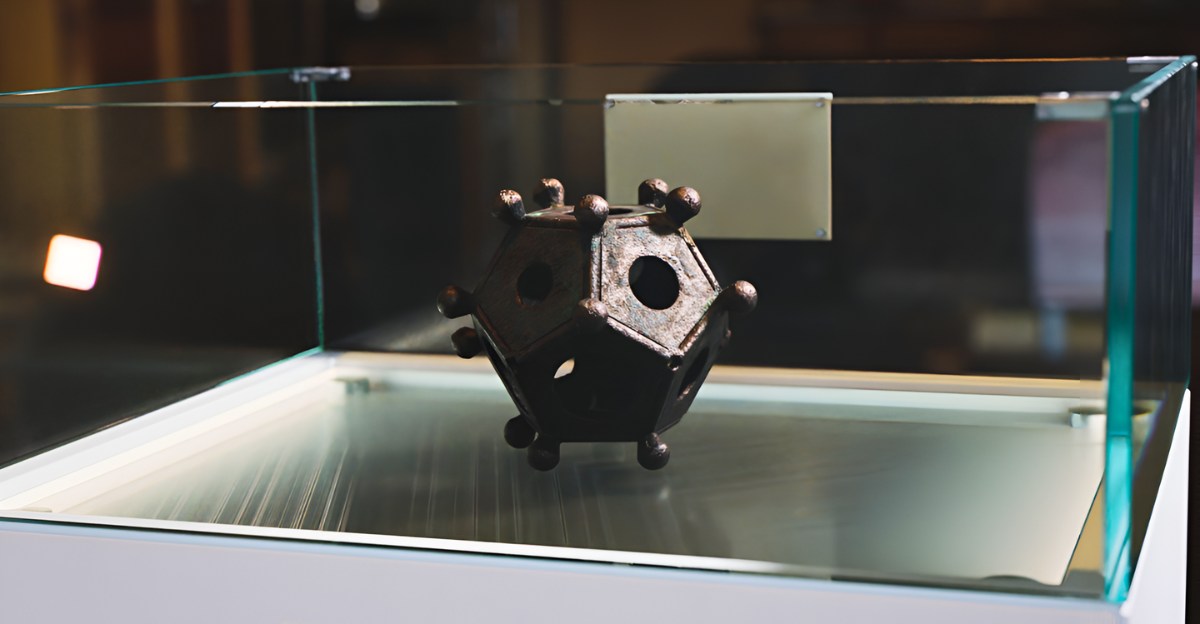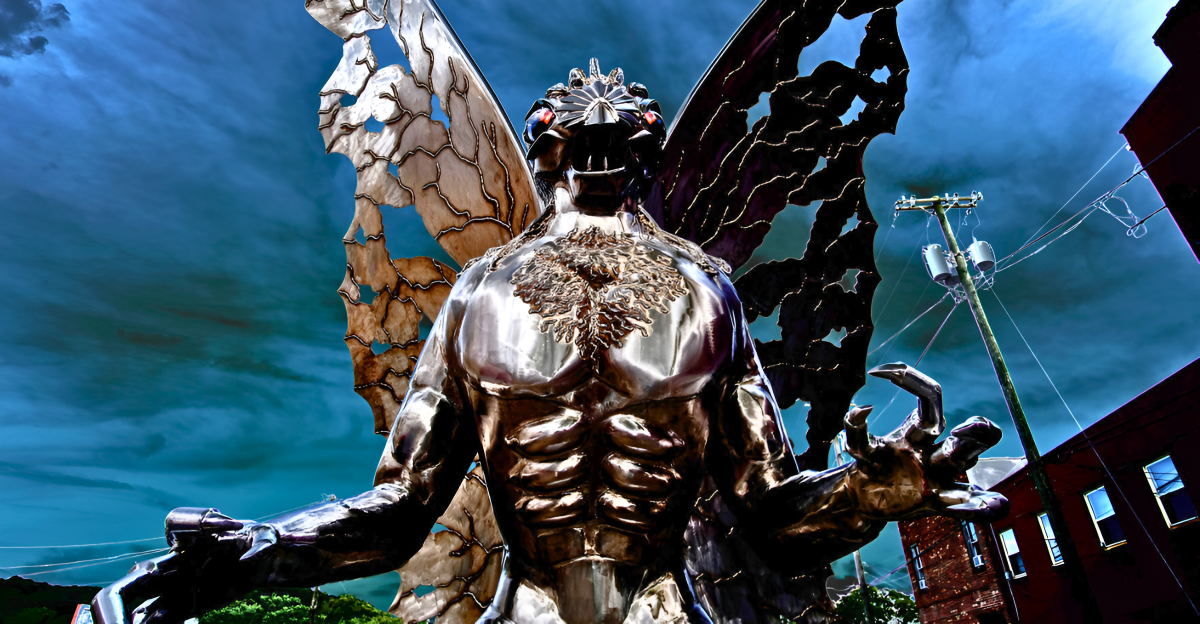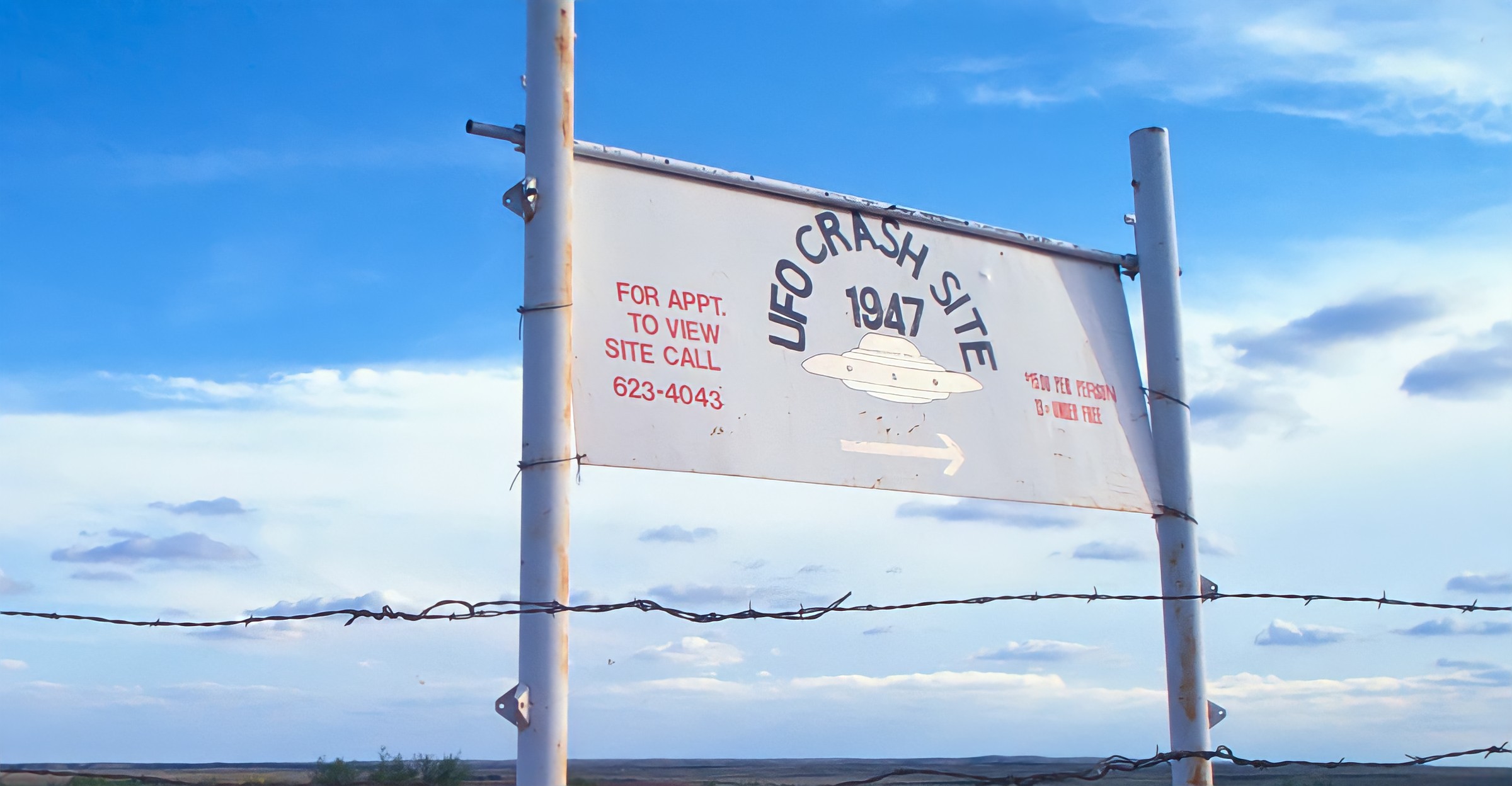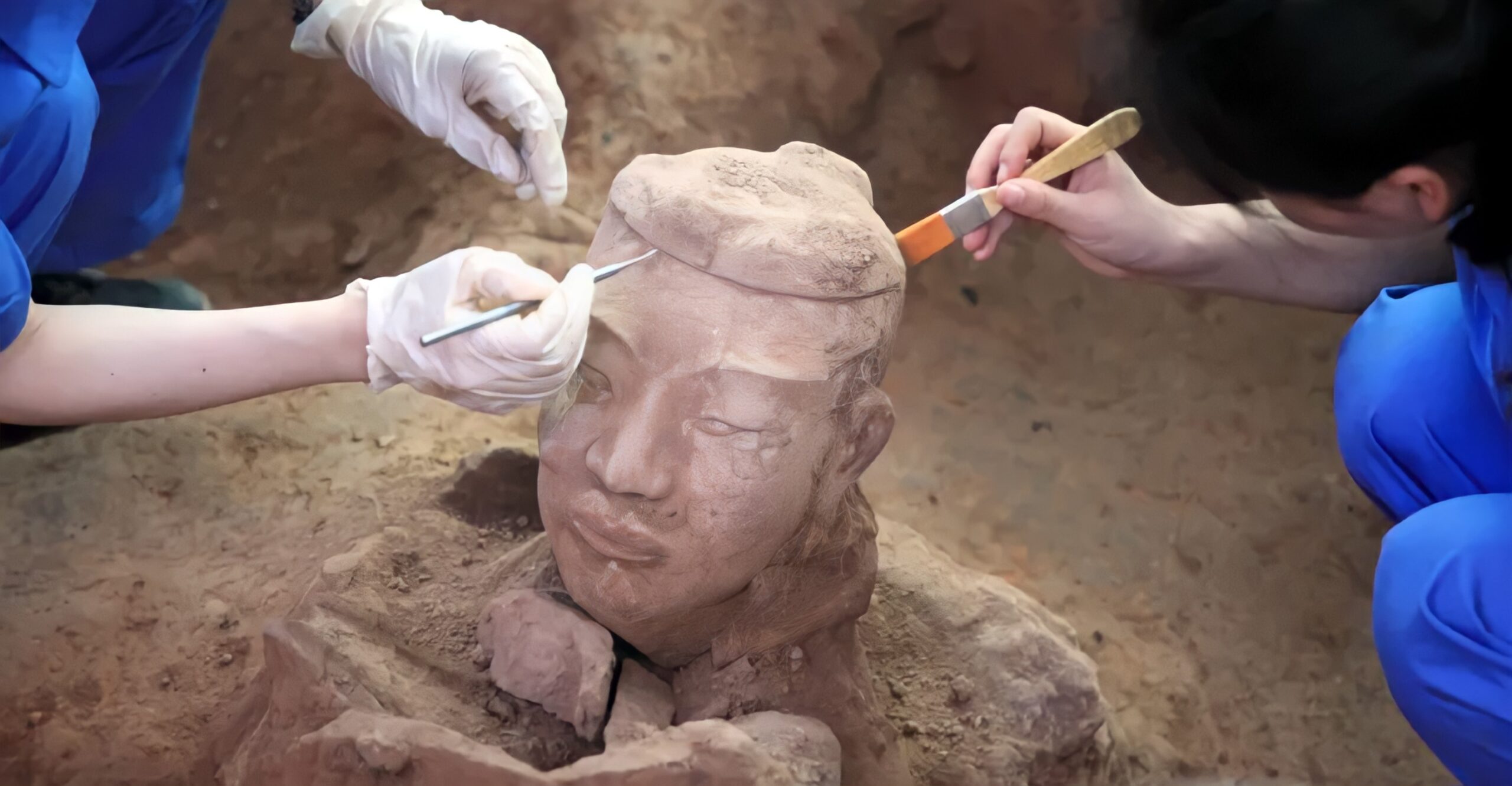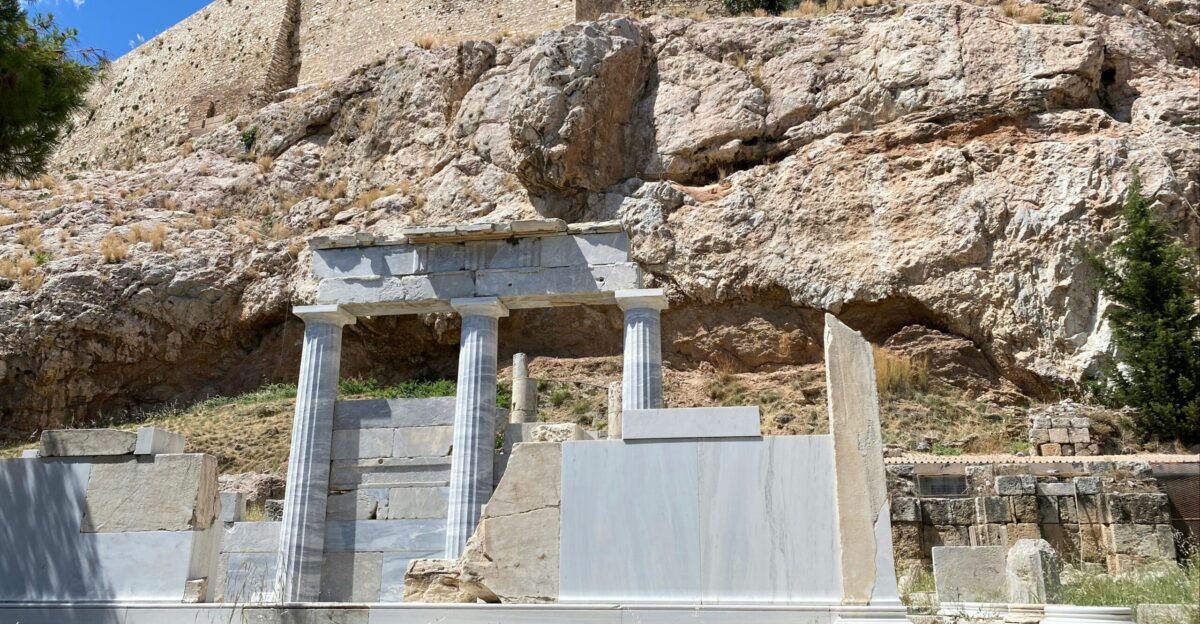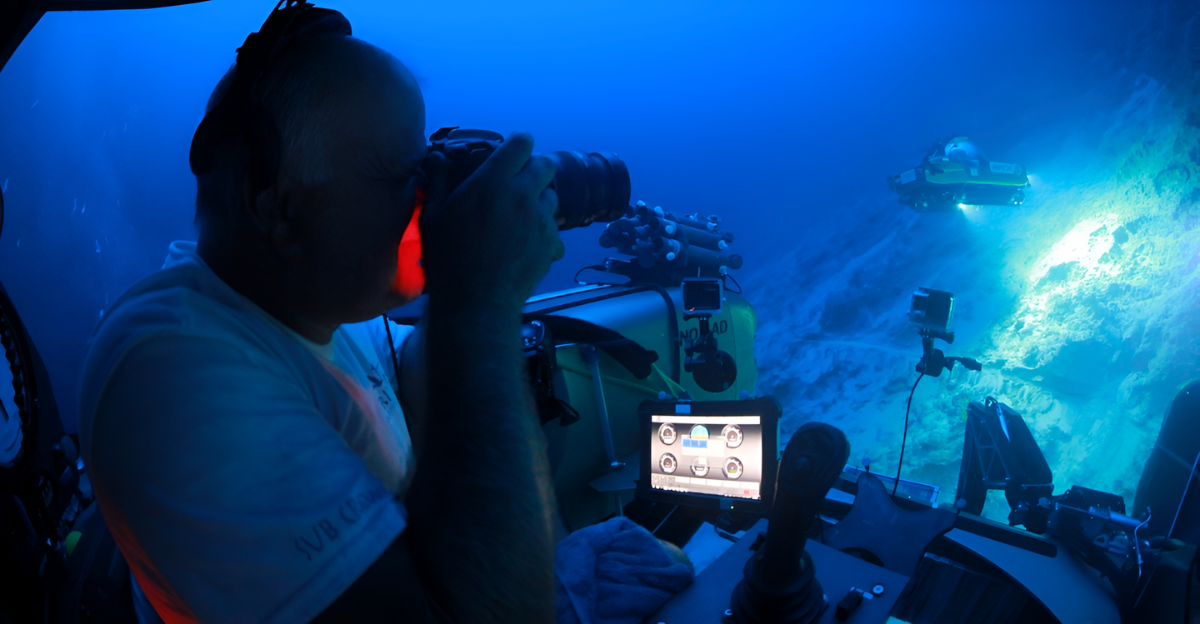
Deep under the soil of Nineveh, something amazing has emerged—a remnant so large and mysterious it’s rewriting what we thought we knew about the Assyrian Empire.
Buried for over two millennia and unnoticed by centuries of explorers, this astounding discovery remained hidden in plain sight.
Today, due to the efforts of a group of archaeologists from Heidelberg University, the lost throne room of a powerful king has started to reveal its story again. What did they find? And why was it concealed?
Let us jump into one of the most significant archaeological discoveries in history… without getting ahead of ourselves just yet.
The Dig Site With Secrets
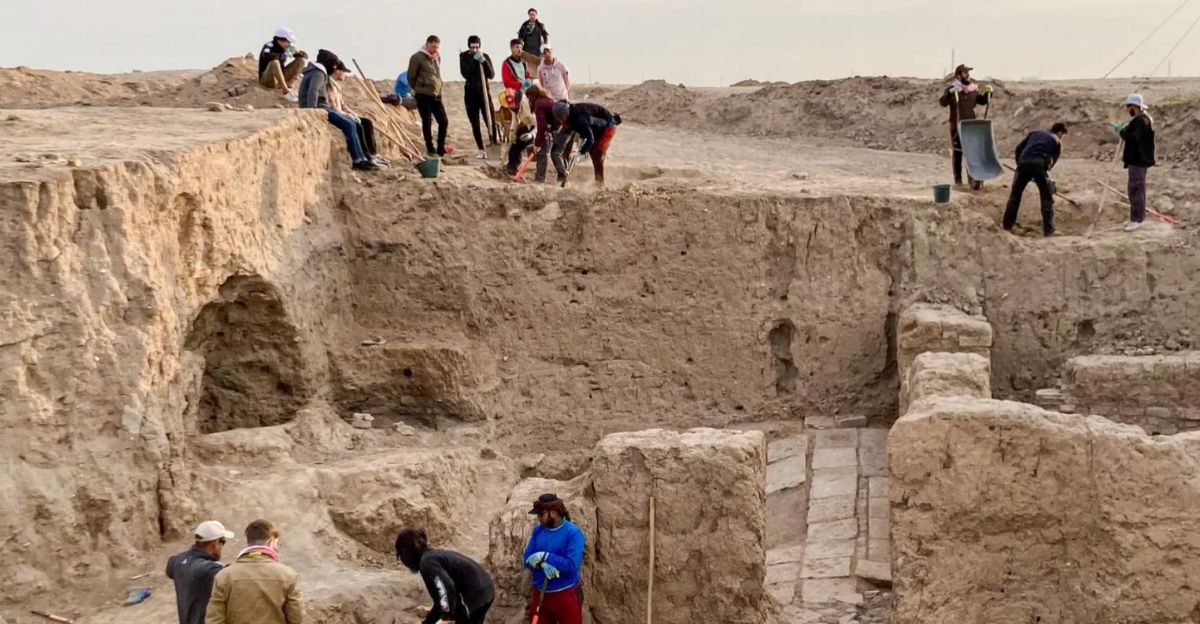
In the depths of Nineveh’s ruins, near modern-day Mosul, researchers from Heidelberg University have been working tirelessly to uncover the past since 2022.
The focus of their efforts? Kuyunjik Hill, upon which rests the northern palace of King Assurbanipal—the last great Assyrian king.
They never expected to excavate something so visually stunning, so symbolically significant that it would stop even experienced archaeologists in their tracks.
A Throne Room With a Twist
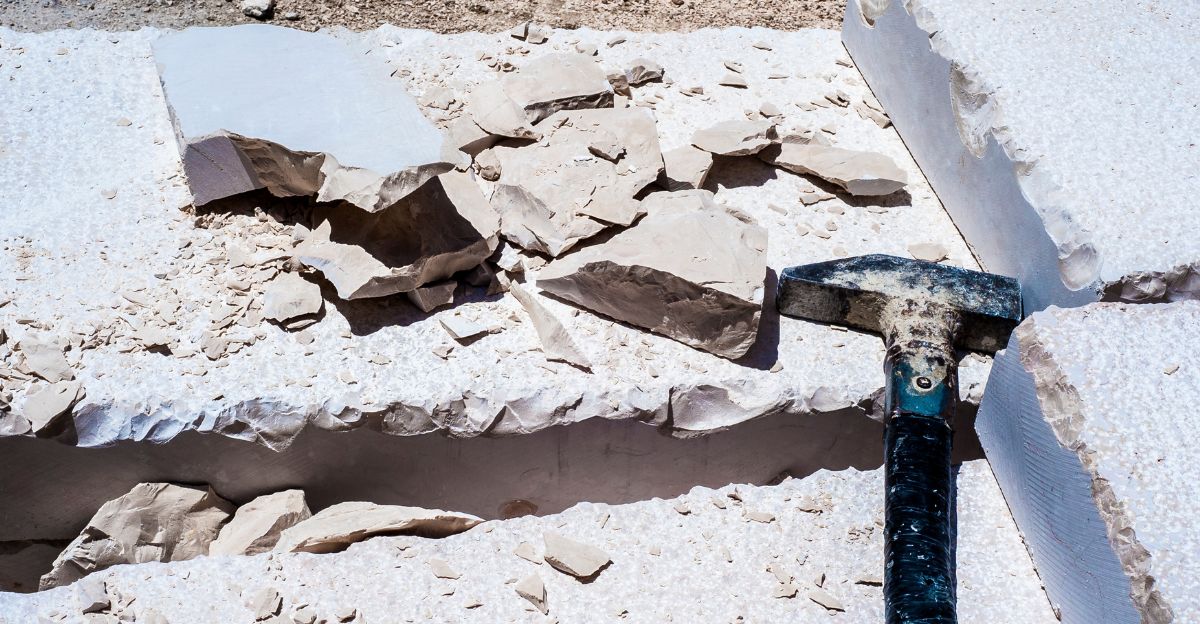
Deep within the throne room of the North Palace, Professor Aaron Schmitt and his team uncovered giant stone pieces in a pit. These were not debris.
These carved slabs clearly belonged to something great—something ceremonial. Why were they concealed?
And why did British explorers more than a century ago overlook them? This mystery is as intriguing as the discovery itself.
Gods Return in Stone
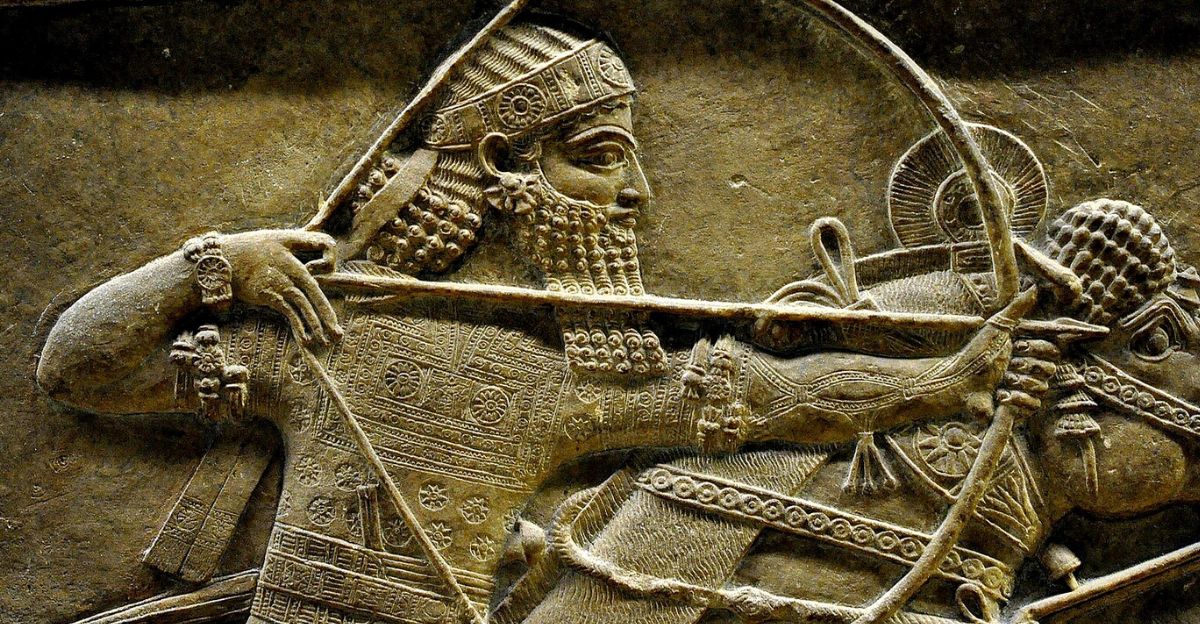
Rising from the ground majestically was an immense relief, over five meters long and three meters high, and weighing about 12 tonnes. At its center was King Assurbanipal, who reigned from 668 to 627 BC.
He was not alone. On both of his sides, immortalized in finely carved stonework, were two of the mightiest gods of Assyrian legend—Assur and Ištar. A divine audience hewn with breathtaking accuracy.
The Gods of Power and Passion
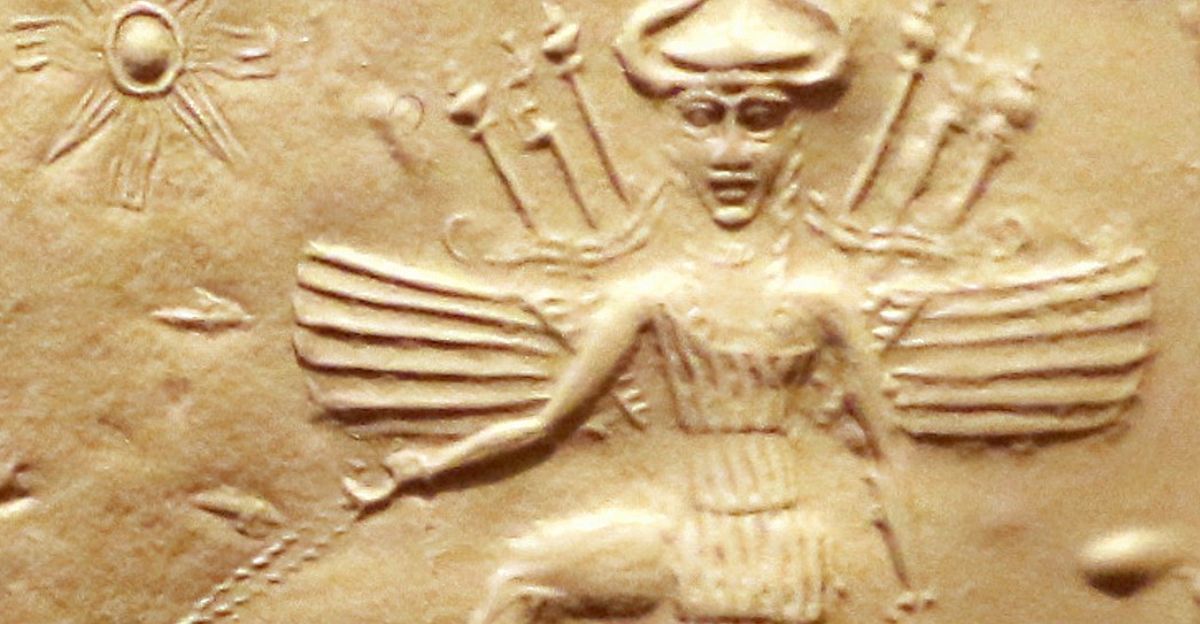
Assur, the chief deity of the Assyrian pantheon, represented supreme authority. Ištar, the war and love goddess, represented destruction and beauty.
Their presence on the king’s side was not merely ceremonial; they were a political and religious statement of intent to the viewer.
Rulers routinely claimed divine favor, but few dared show themselves with gods as attendants. This relief shatters that convention, and in doing so, defies long-held assumptions about kingdoms.
Mystery Men in the Background

In addition to the three central heroes, the relief contains mysterious mythological figures. A ‘mystic’ clad as a fish blesses, or grants salvation and life. Another figure is possibly that of a man with a scorpion.
His arms are raised in reverence or protection. These figures form a rich tapestry of divinely assured protection and kingly power. These were no mere cosmetic touches; they were declarations.
A Missing Piece in Assyrian Art
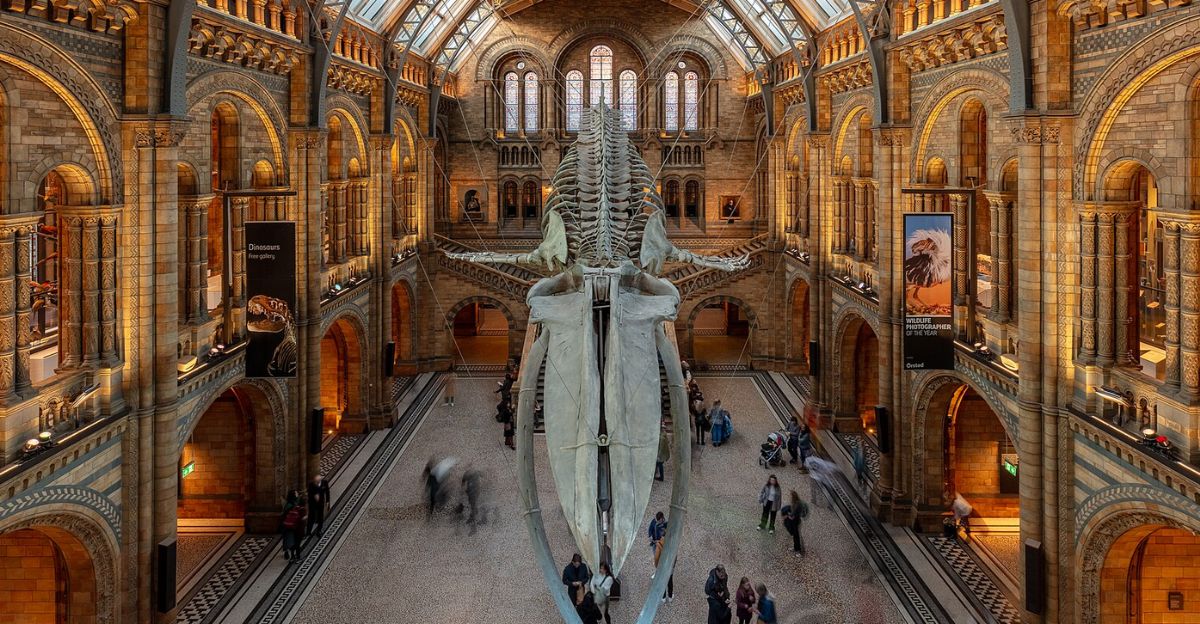
Professor Schmitt emphasizes the unusualness of this piece. Thousands of Assyrian reliefs have been found over the years—some now housed in the British Museum in London—but none of the gods have been represented as centrally as they are here.
“Among all the images we have, there’s nothing that would really match this,” he said. The absence of divine imagery among other royal arts makes this find unique and perplexing. Why now? Why here?
A Lost Treasure Buried for Centuries
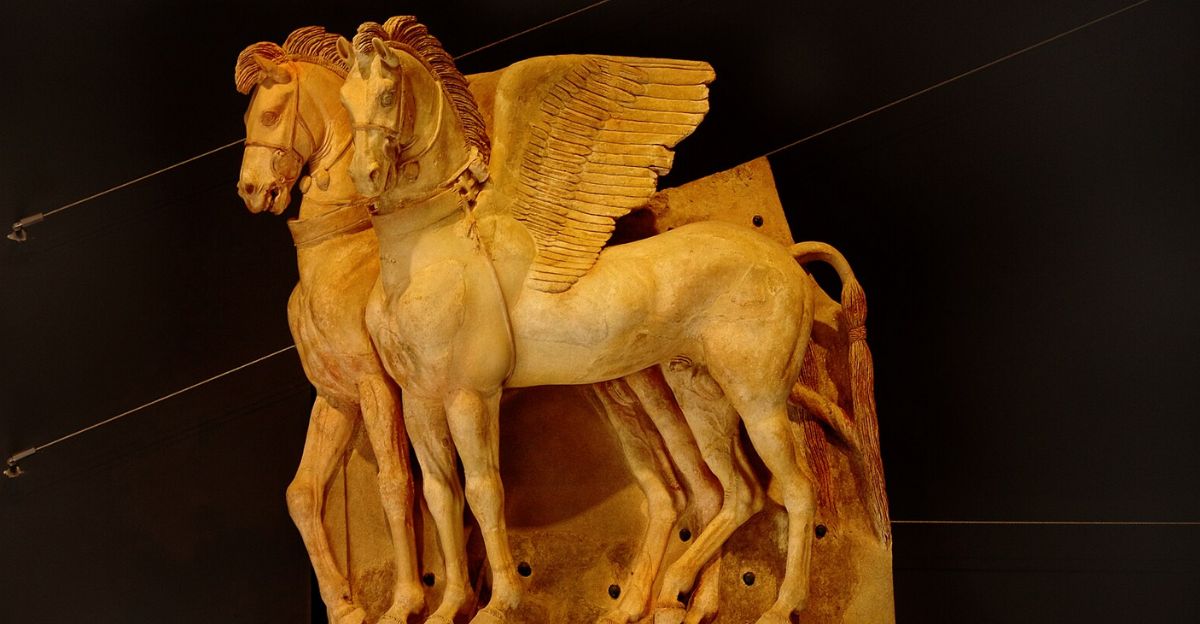
How could something as important as this have been ignored for so long? The pit in which the fragments lay had to date to the Hellenistic era, long after the fall of Assyria.
No one can tell if the relief was placed in the pit to preserve it, to hide it, or merely due to structural collapse. But it’s clear that being buried allowed it not to be desecrated by looters, erosion, or the eyes of earlier explorers.
British Oversight, German Discovery
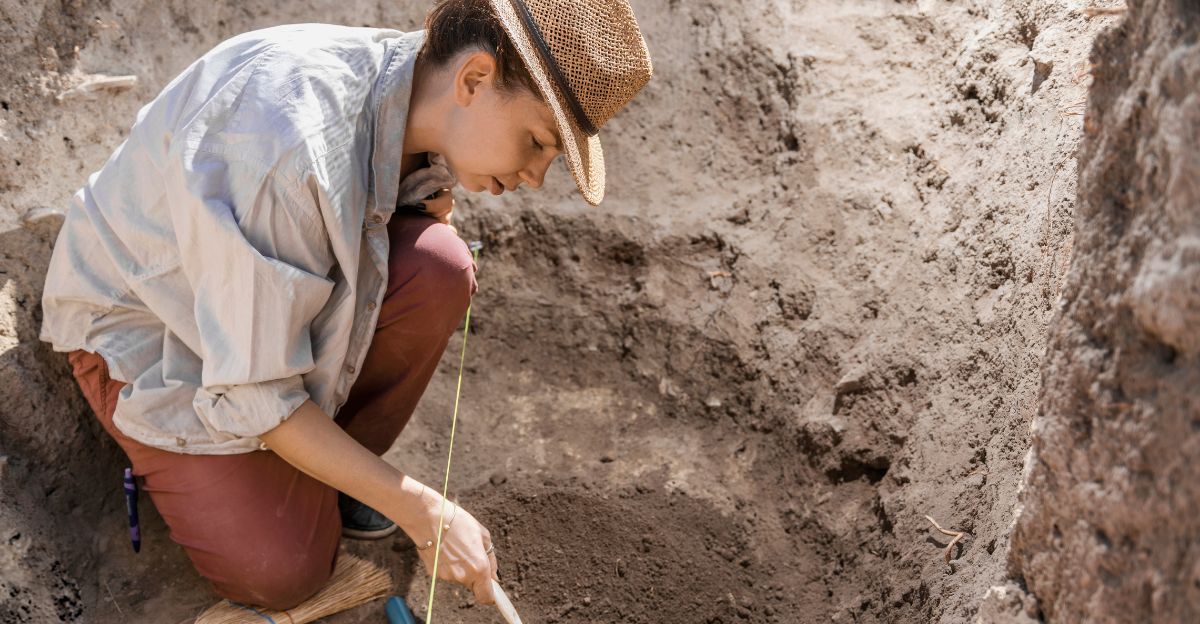
British archaeologists plundered the North Palace at the end of the 19th century and took away most of the significant reliefs. But they overlooked this one.
Perhaps its burial preserved it for this day. The Heidelberg team with their modern equipment and fresher eyes noticed what others did not.
Sometimes all it takes is a fresh pair of eyes, along with some patience, to see what history had passed over.
A Digital Resurrection
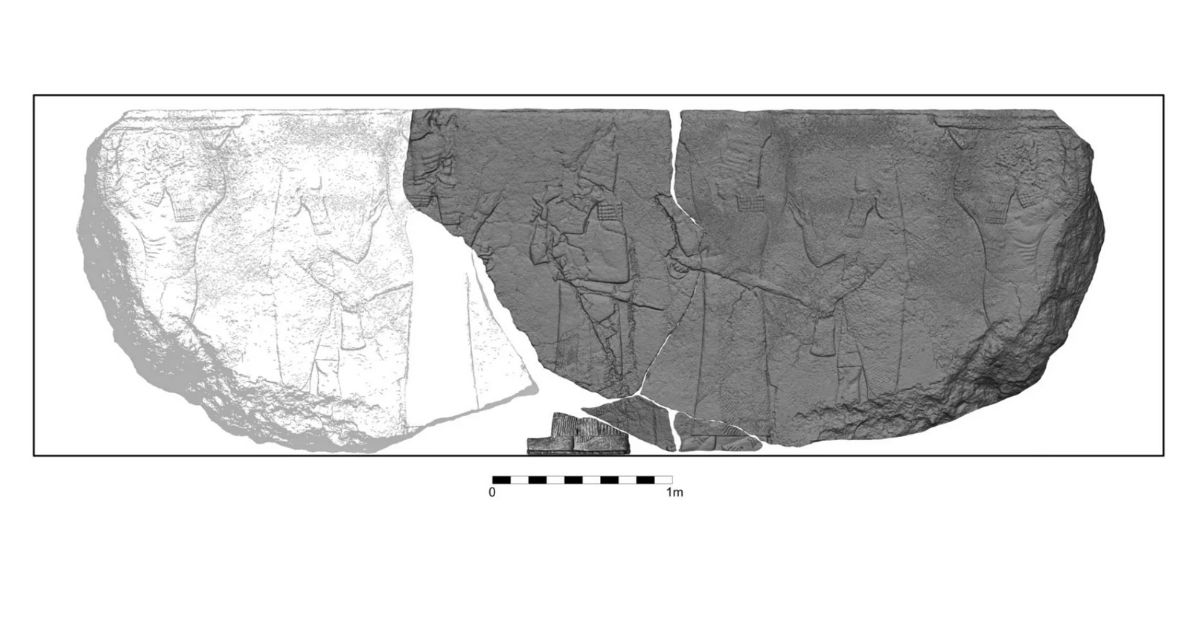
Due to 3D modeling, the team has been able to recreate the relief digitally. The original remains are shown in dark grey, with the reconstructed segments in light grey.
It provides researchers and the public with an impression of what the original work would have looked like looming over palace visitors—larger than life, and oozing symbolism. A winged sun disc probably floated above it, further enhancing its cosmic scale.
Nineveh, City of Kings and Mysteries
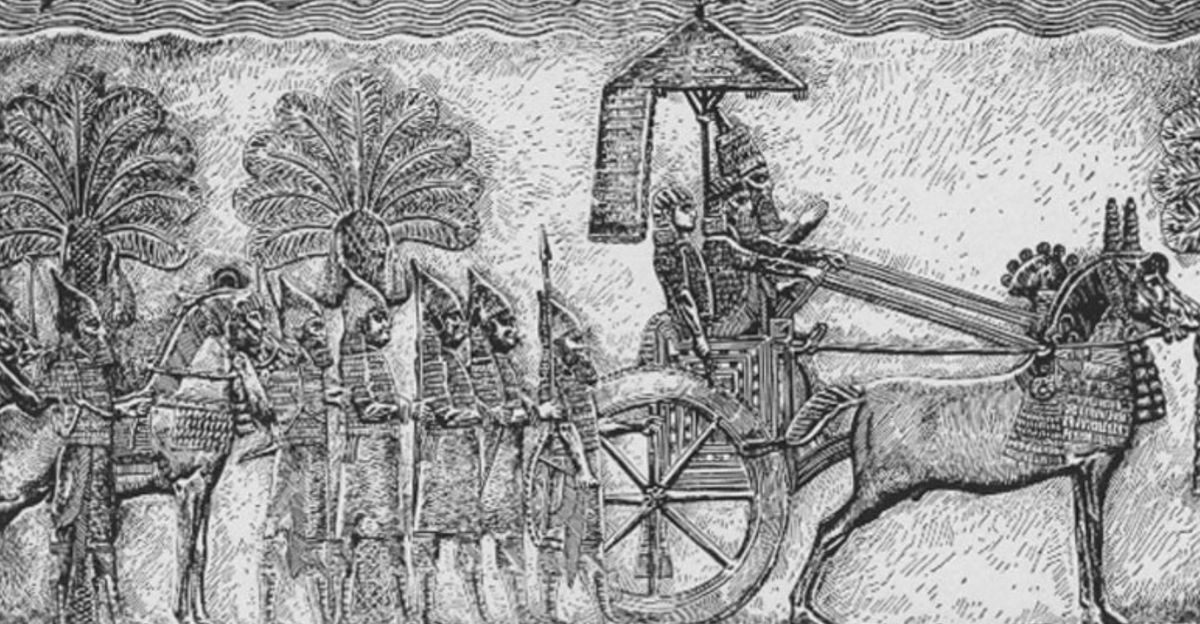
Nineveh was no ordinary city. It was the heart of a superpower under two mighty kings, Sanherib and later Assurbanipal. It bustled with culture, conquest, and religious life.
This new discovery adds an important chapter to the history of Nineveh: one told not in words but in stone gods.
The Heidelberg Nineveh Project
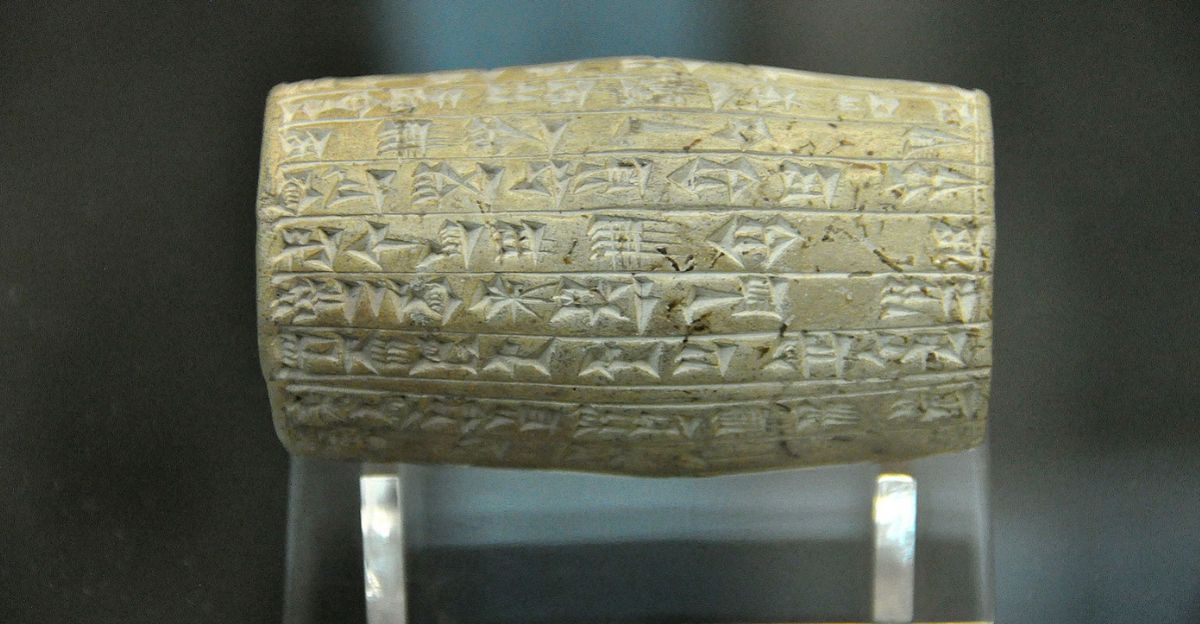
This is only one among numerous treasures excavated by a far larger Heidelberg Nineveh Project since its inception in 2018.
Professor Stefan Maul collaborated with his archaeology students to accept the task of rebuilding ancient Assyrian history with new archaeological methods and close collaboration with Iraq’s State Board of Antiquities.
Their efforts to date would appear to unlock Mesopotamia’s ultra-rich cultural heritage and fill gaps in our understanding of ancient civilizations.
What the Future Holds
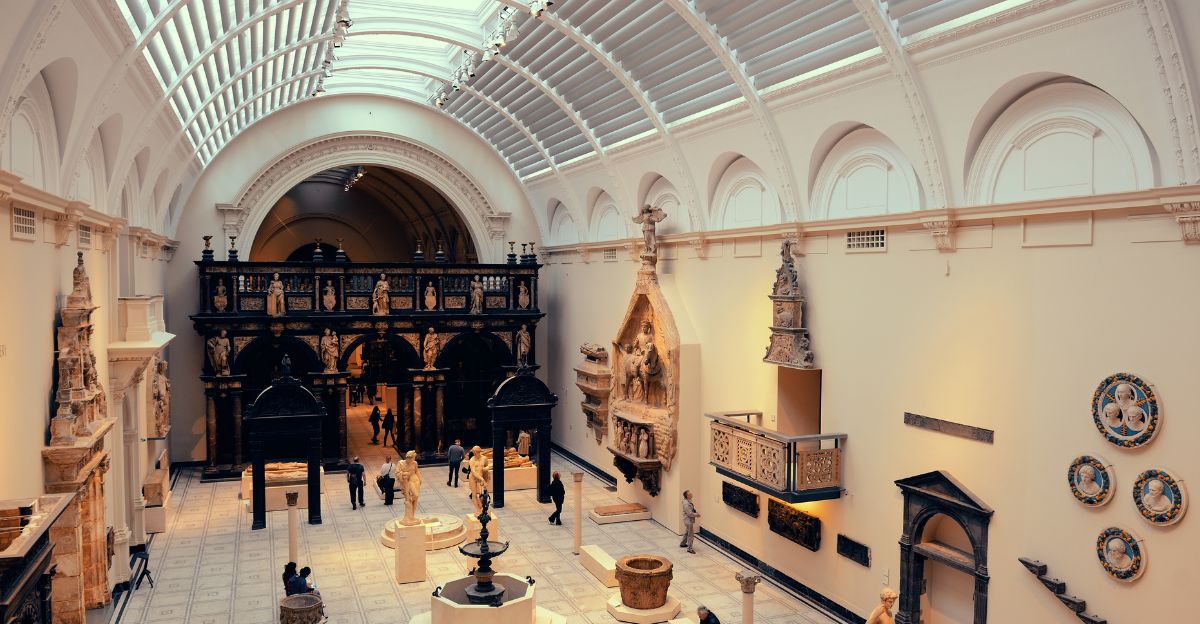
What’s next? The relief’s fragments will be analyzed in depth and published in the science journals. More excitingly, though, plans are to ultimately restore it to its original location in the North Palace and make it available to the public.
A 2,700-year-old message, buried by time and empire, can once more take a seat in the place where it was first conceived: on display for the world.
Gods Among Mortals Once More
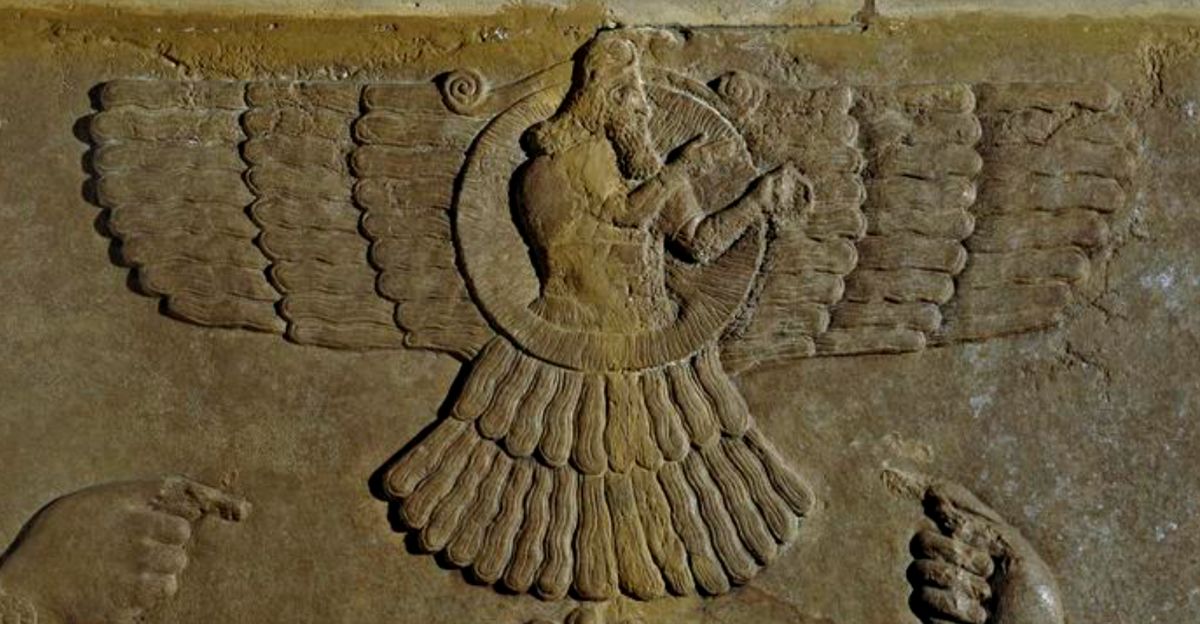
This discovery is material proof of a lost world talking to us through art, myth, and aspiration. The discovery of Assur and Ištar with the king reminds us that great historical figures, events and civilizations do not always disappear in time.
All it takes is for someone to dig a little deeper. To look around a little longer. And to wait for age old stones to finally start revealing their secrets. Nineveh has whispered. Now, the world is listening.

